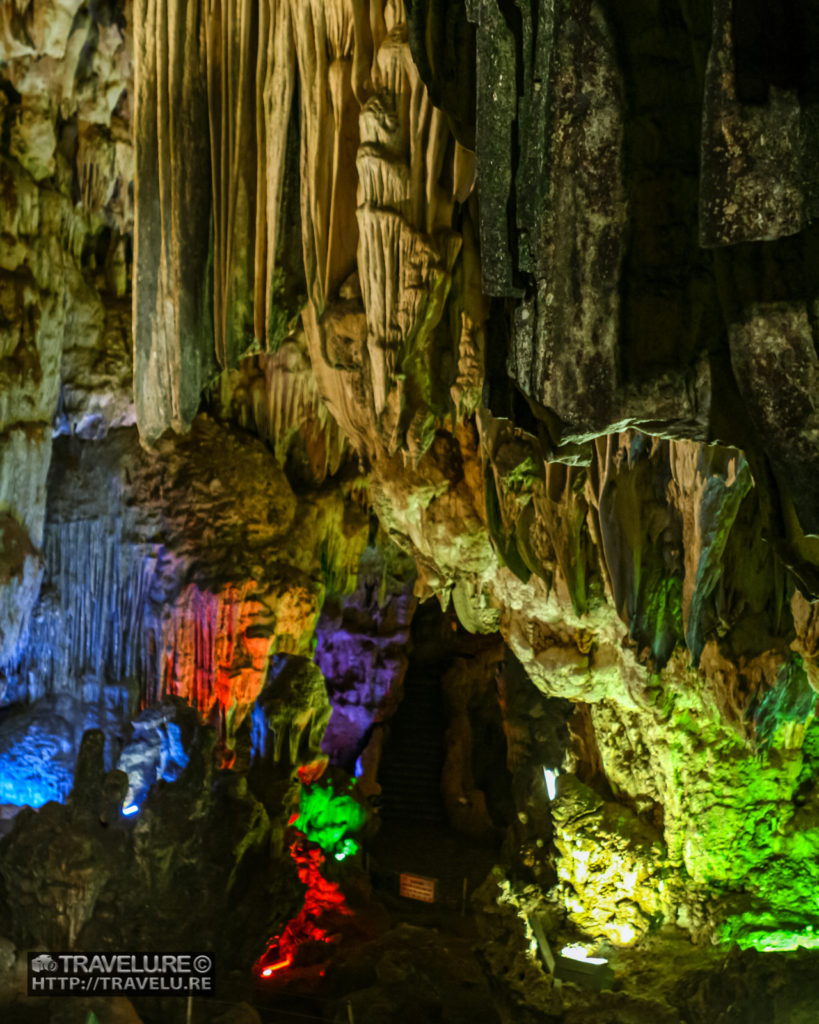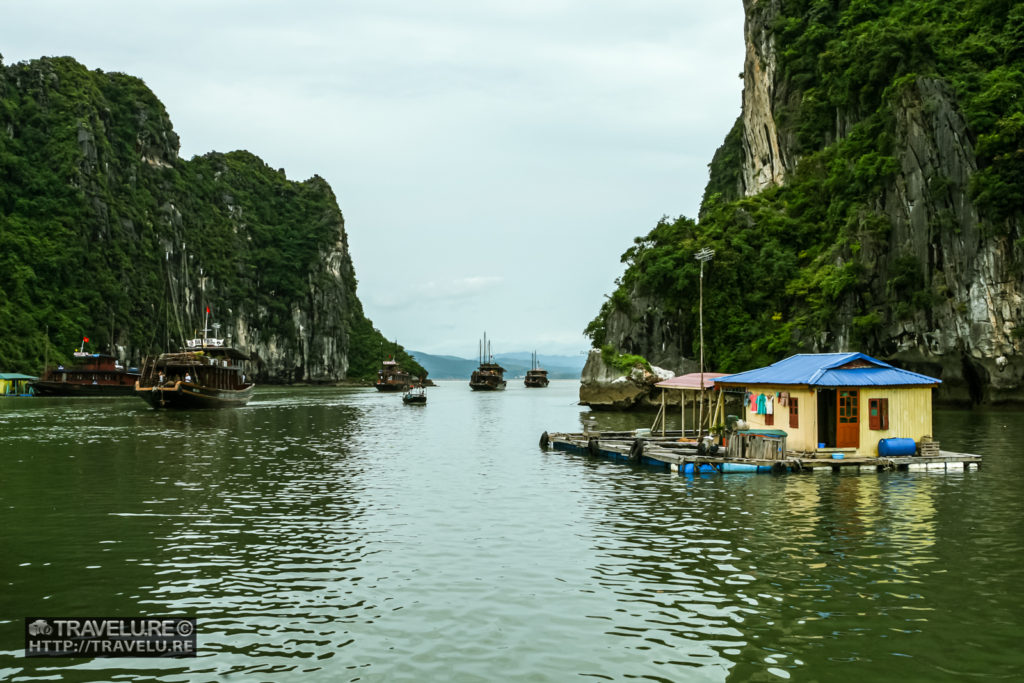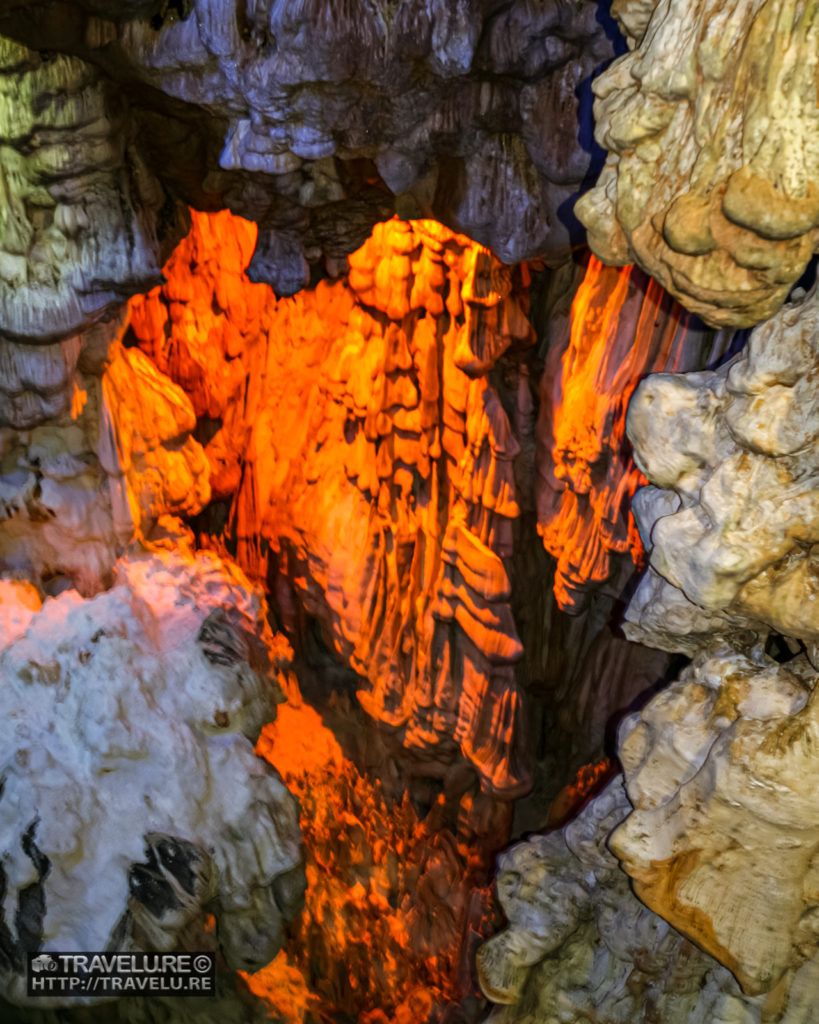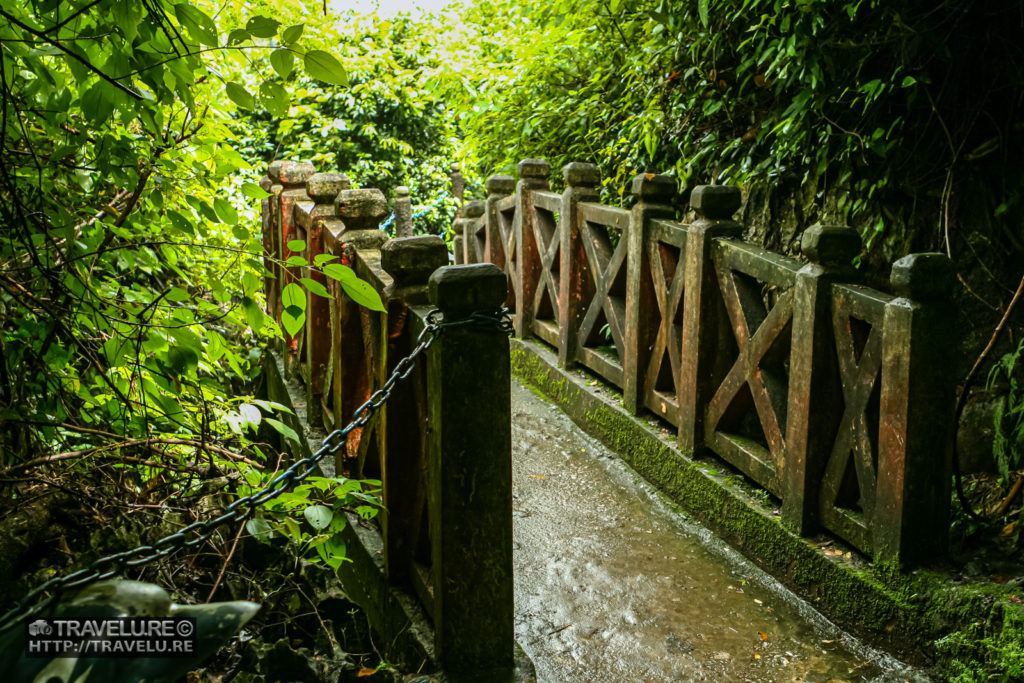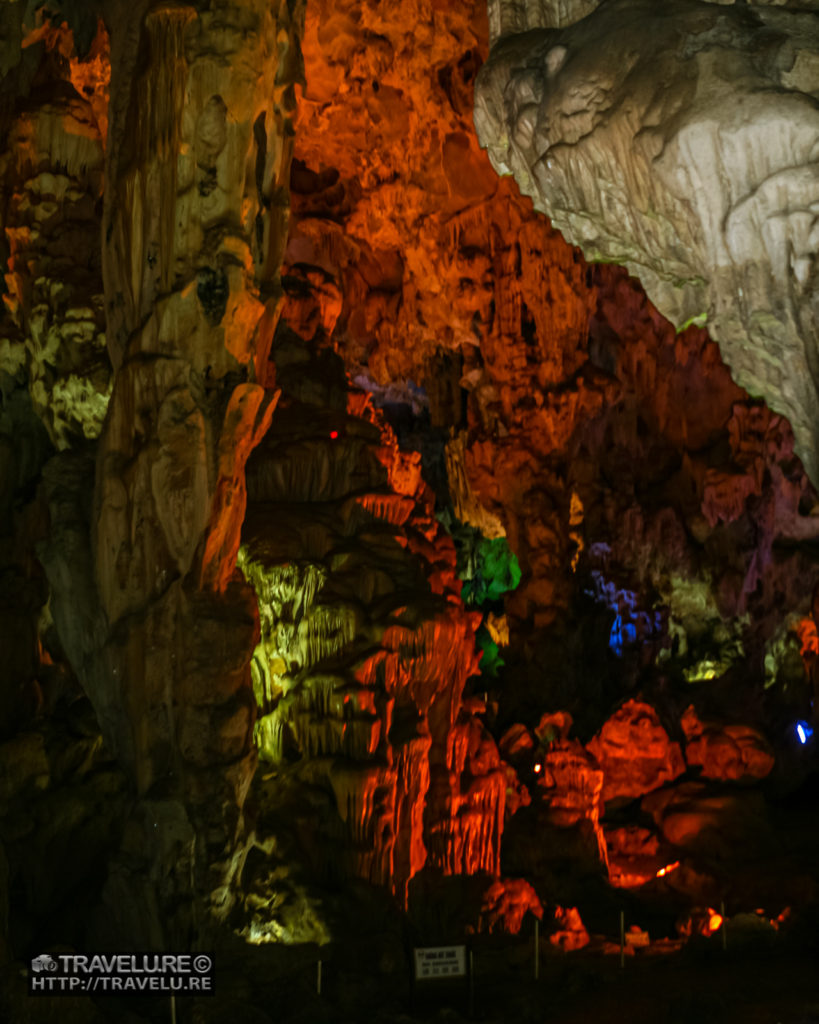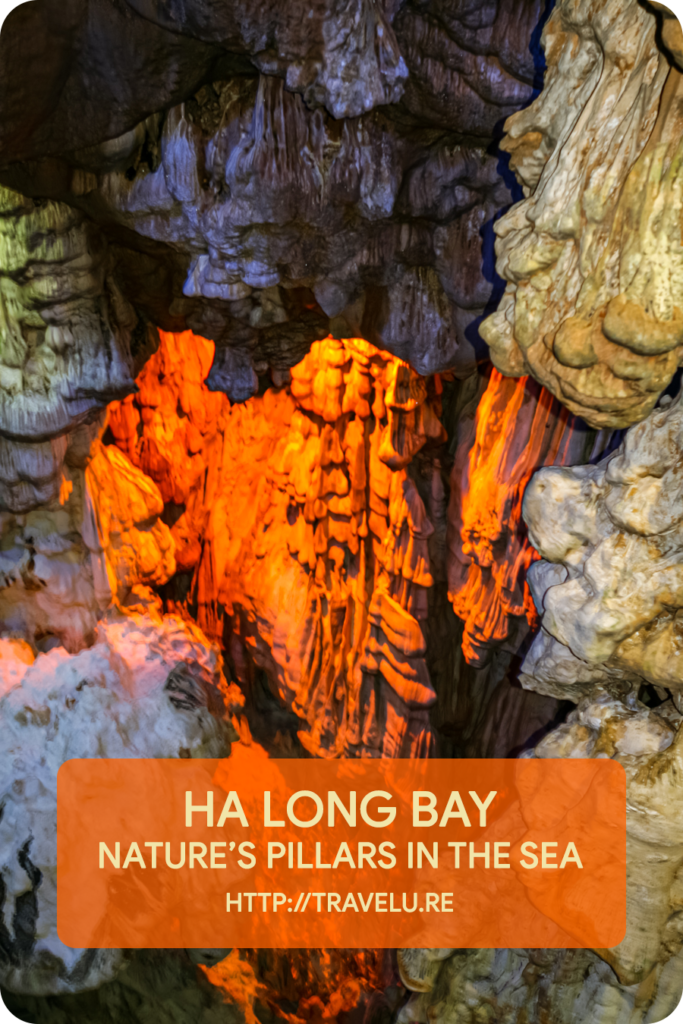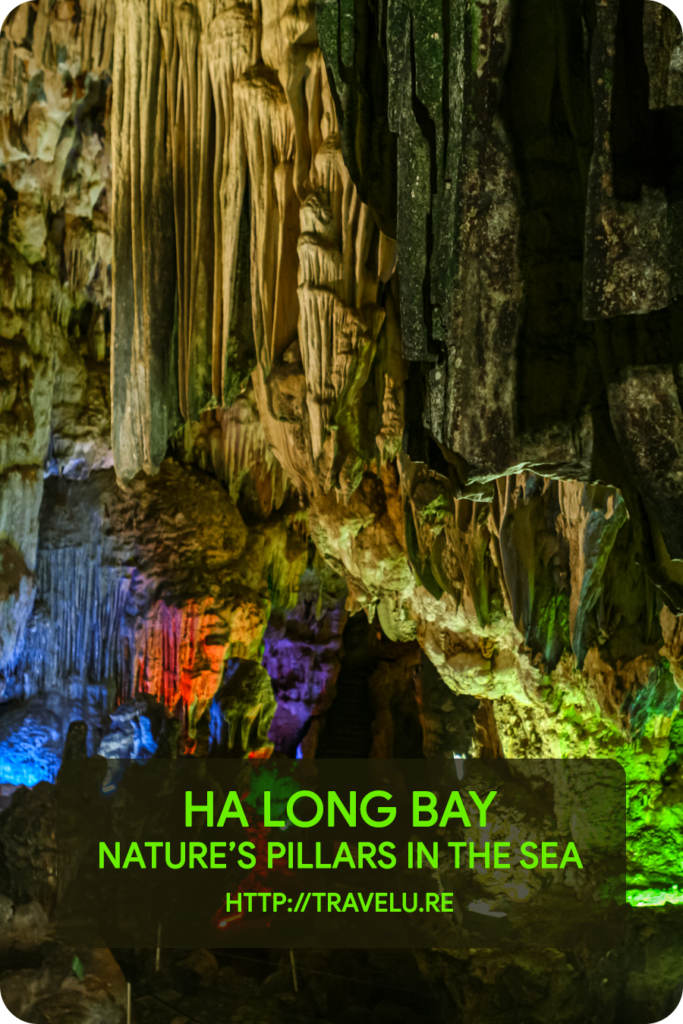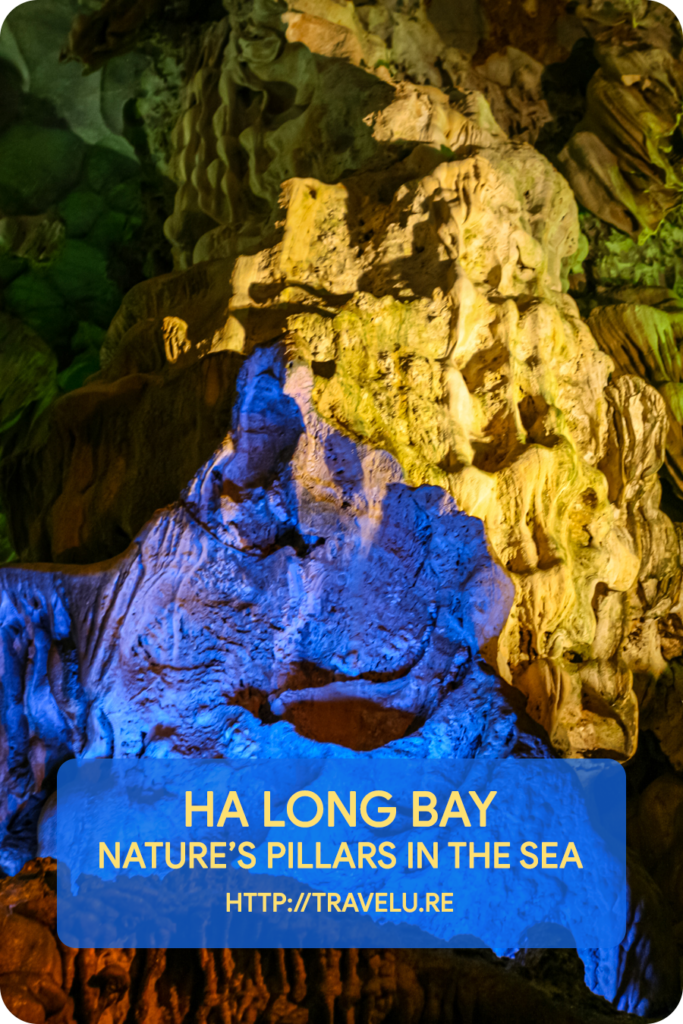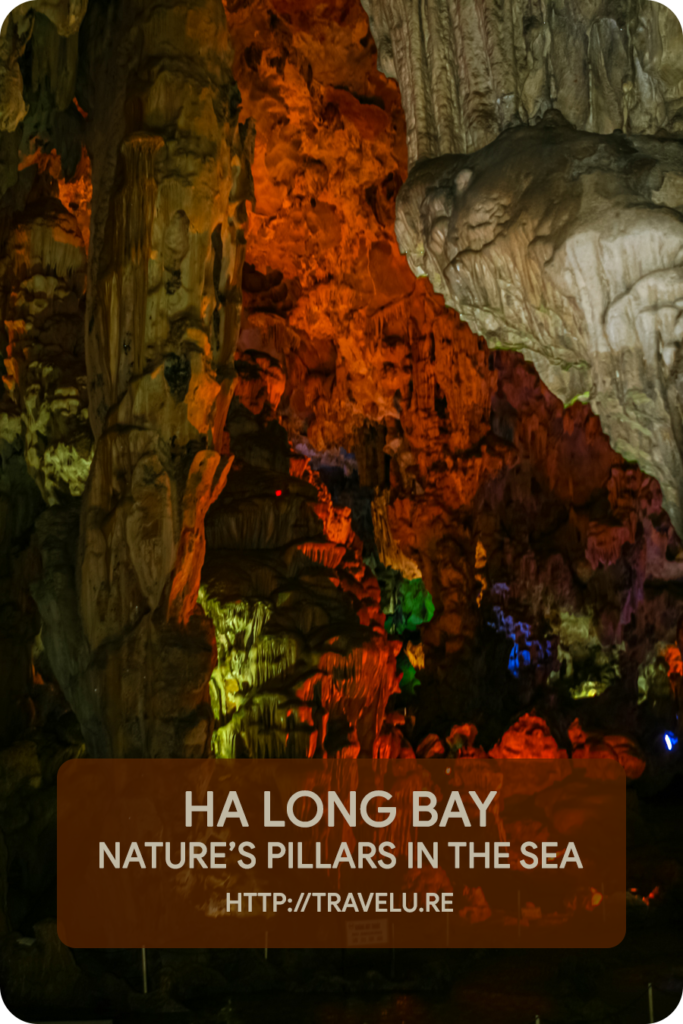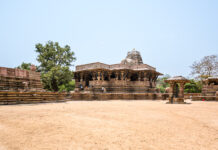Ha Long Bay – Nature’s Pillars in the Sea
Cruising along in a modest ferry off Vietnam’s east coast, I marvelled at the pillars nature had sunk into the sea. Ha Long Bay is a collective of 1600 monolithic menhir-like islets topped with lush vegetation. Spread over 1553 sq km, it is less than 5 km into the sea from Ha Long, a town 175 km from Hanoi. We know the difficulty of sinking pillars into the sea. A child’s play for nature.

Explorations around the place have revealed signs that human life existed here between 18,000 and 7,000 BCE. In addition, these islands house 14 endemic floral species, and 60 endemic faunal species! Little wonder, this 334 sq km core of Ha Long Bay with its 775 islets has given rise to many Vietnamese legends.
Ha Long Bay, a UNESCO site, has come about with millions of years of land interaction with the waves in the sea. The waves washed away the soluble stuff, compacted some of it and turned it into hardened material that is eroding at a lot slower speed and has created an eco-system of caves of infinite beauty.
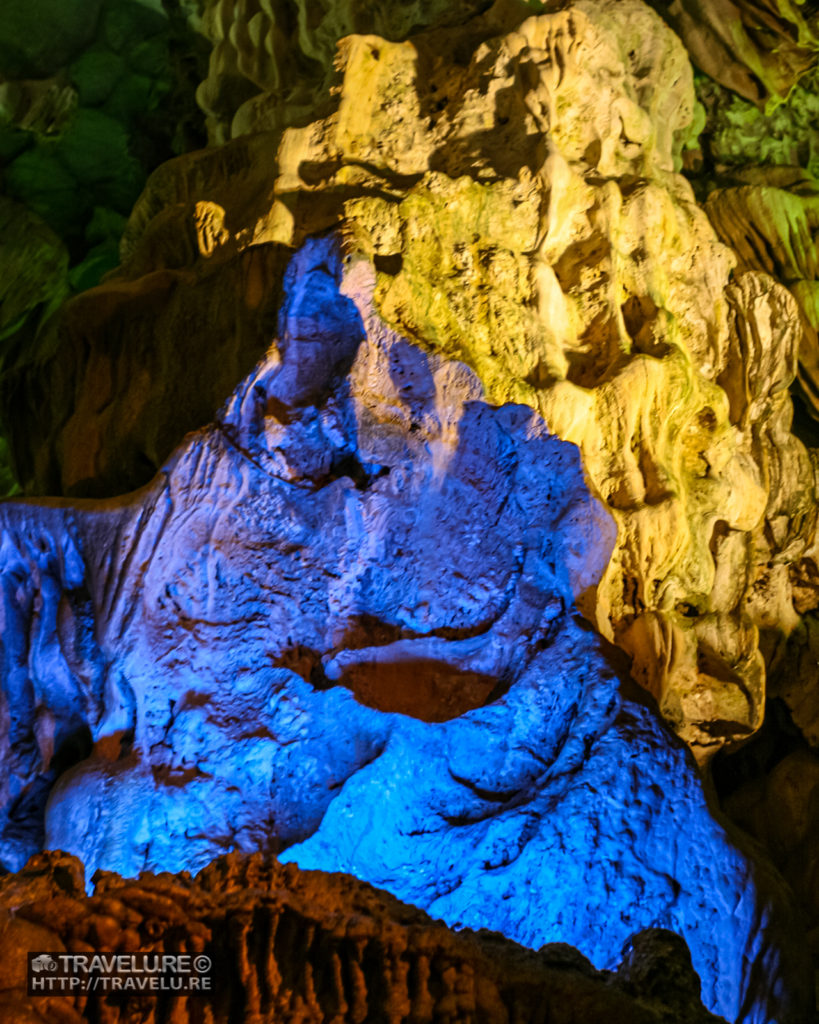
Legend of Ha Long Bay
Ha Long means ‘descending dragon’. The name itself comes from a legend. When invaders attacked the Vietnamese to enter the country through the sea, the Jade Emperor invoked the gods to send the mother dragon and her children for help. The dragon family descended and thwarted the invaders.
After they helped defeat the enemy, giant emeralds appeared and scattered across the bay. Vietnamese believe these to be the teeth of the dragons. Those turned to islets later. They remained in the bay to provide continuing protection to the Vietnamese.
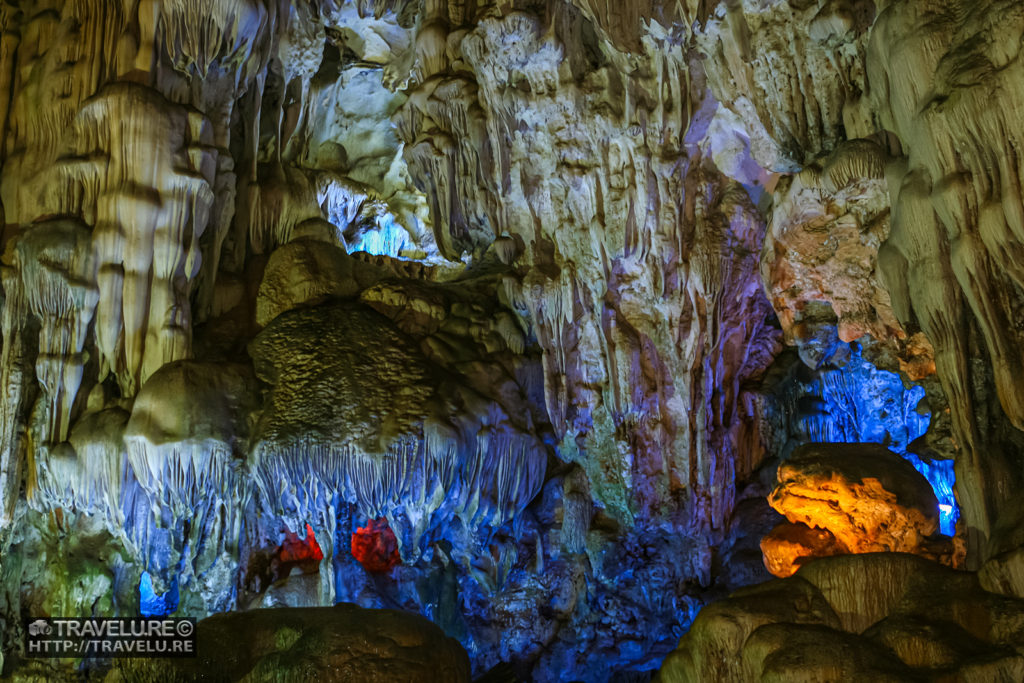
Dau Go Legend
Dau Go is a massive cave with a 17-metre wide and 12-metre high entrance. Today, the tourism board has illuminated it in many hues. The cave exhibits the scintillating beauty of quartzite stalactites and stalagmites formed over a score of million years. The name Dau Go translates to ‘wooden head’.
There is a set of stories about the Dau Go cave. And there are 3 different stories about its naming. The first story is about invaders being defeated by spears with wooden heads. The second story is about boatmen leaving a lot of wood near the cave for repairing boats during storms. And the third just states the cave looks like a giant tree from a distance, leading the locals to call it wooden head.
Whatever legends or explanations may exist, the site presents a spectrum of marvels that take our breath away. No visit to Vietnam is complete if you do not experience this charmer called Ha Long Bay.

